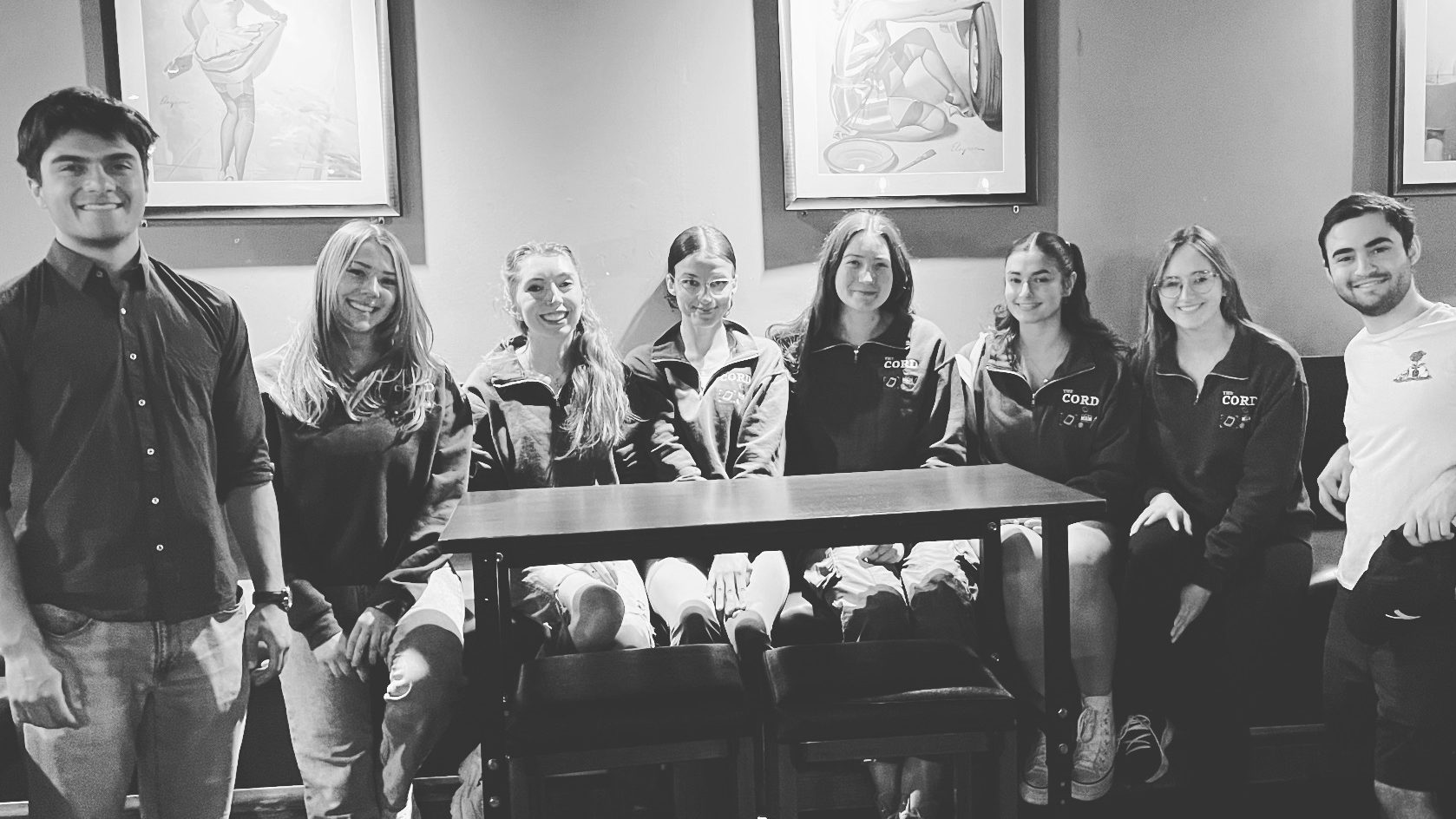What makes an athlete a marketable one? Is it their style, their skill? Or is it their gender? Women don’t get the credit they deserve, especially in comparison to their male counterparts.
The more I’ve looked at the comparison between the marketable sports across Canadian Interuniversity Sport, the more it becomes troublesome.
For us at Wilfrid Laurier University, the teams are in an interesting place. The majority of Laurier’s marketable sports — football (which is only offered on the men’s side), basketball, soccer and hockey — the women have done tremendously better.
The women’s basketball team is currently having one of their best seasons, the women’s soccer team is a perennial powerhouse and the women’s hockey team has an endless list of accolades to add to the female resume.
It’s incredible to watch what they can do. However despite their success, the ladies are still not as “marketable.” For example, Laurier held two school day games this season: one for hockey and one for basketball. Despite the great success the women’s teams were not the ones to entertain the children, but the men’s teams.
It’s true that men’s sports have some qualities that women will never be able to match up to due to social stereotypes and personal preferences.
Speed and intensity is a hard competition when you’re entertaining an arena filled with children who have very small attention spans.
There are times we all admire the male performance because of size and power, and rightfully so. I oftentimes find myself enjoying the men’s teams because of the way they play.
But this does not excuse the consistent lack of coverage or credit these female athletes get.
McMaster University’s student newspaper The Silhouette recently ran a story comparing the men and women’s marketable sports inequity on their campus. They even took a jab at themselves, realizing their coverage heavily favours the males to the female teams.
Since September 2014, The Silhouette’s sports section has had 43 stories on men’s teams, 20 on women’s and seven on the mixed sports.
While Laurier is certainly an anomaly with the success of their female athletes over their male ones, and it would probably show in the coverage by The Cord and local media, it’s a consistent issue everywhere: you go with what is doing well, with what you can cover and what will give you the best story.
We need to be realistic when we look at this; many schools that have a skewed male-to-female ratio have a football team which have resources constantly flowing into it.
The majority of athletic financial aid goes to football first to ensure the quality of athletes the school gets will guarantee them a competitive run at the Vanier Cup, and therefore more coverage and more attention. It’s the unfortunate truth of Canadian university sports.
But there are times when female athletes in marketable sports play some of their best games.
Recently, women’s basketball star Jylisa Williams from Lakehead posted 50 points, breaking the Ontario University Athletics record for most points in a single game.
If Williams does not get the coverage she deserves, it further provokes the consistent gender inequity that is still present in sports.
The University of Windsor has a great opportunity to break the stigma with a powerful women’s basketball team — they actually switch up the times the men’s and women’s teams play to give the women the “primetime” slot on game nights.
Maybe something as subtle as marketing the women’s game the same way as men’s is what the entire conference needs to do on a continuous basis. It’s not the solution, but it’s a start. And unfortunately, I have no solution to this gender conundrum — inequality is present but there is no solid foundation to break the stigma surrounding women’s sport.
It’s something that comes with a positive mind frame that women are just as accomplished as the men, and it starts with the infrastructure behind sports.








Leave a Reply
You must be logged in to post a comment.